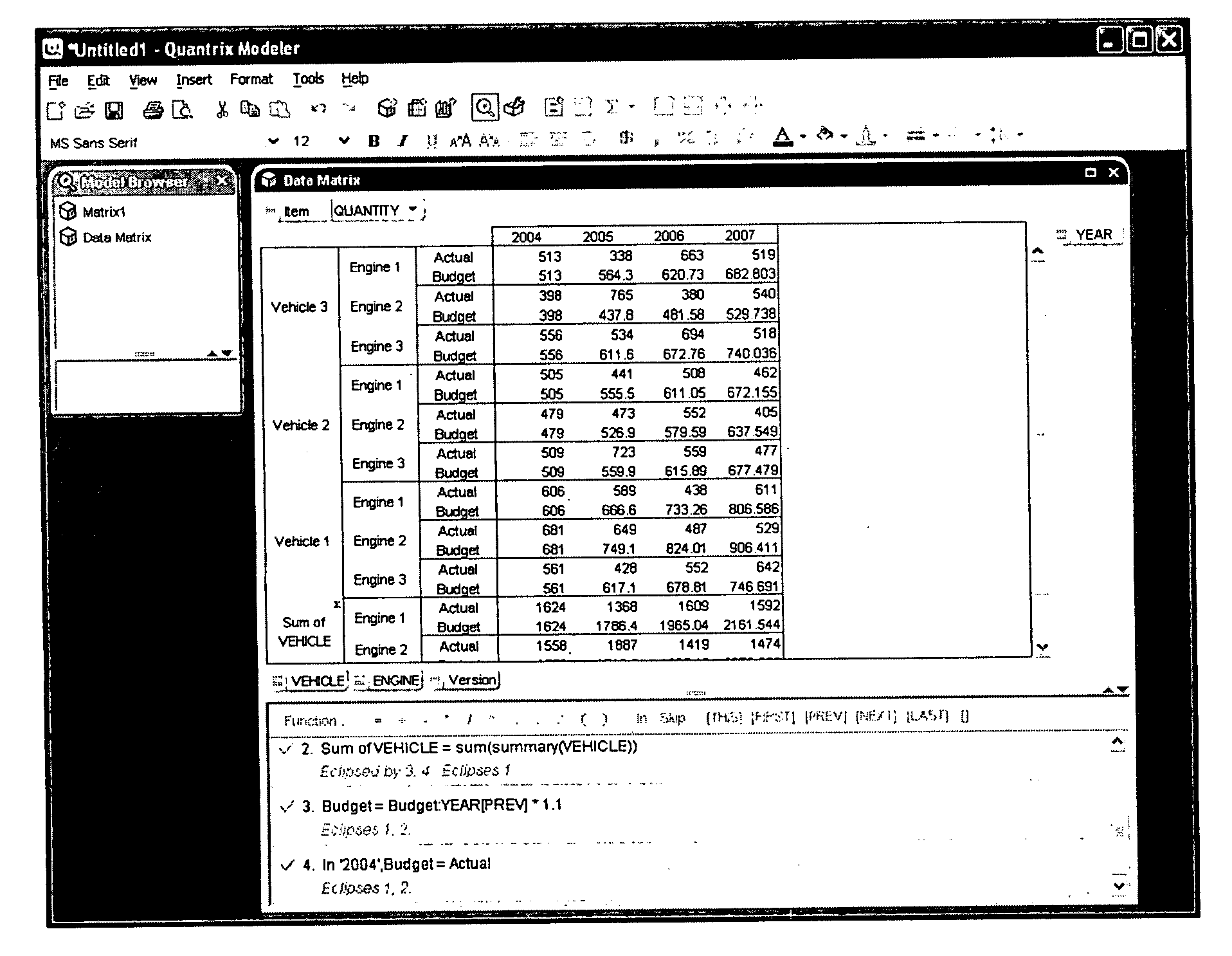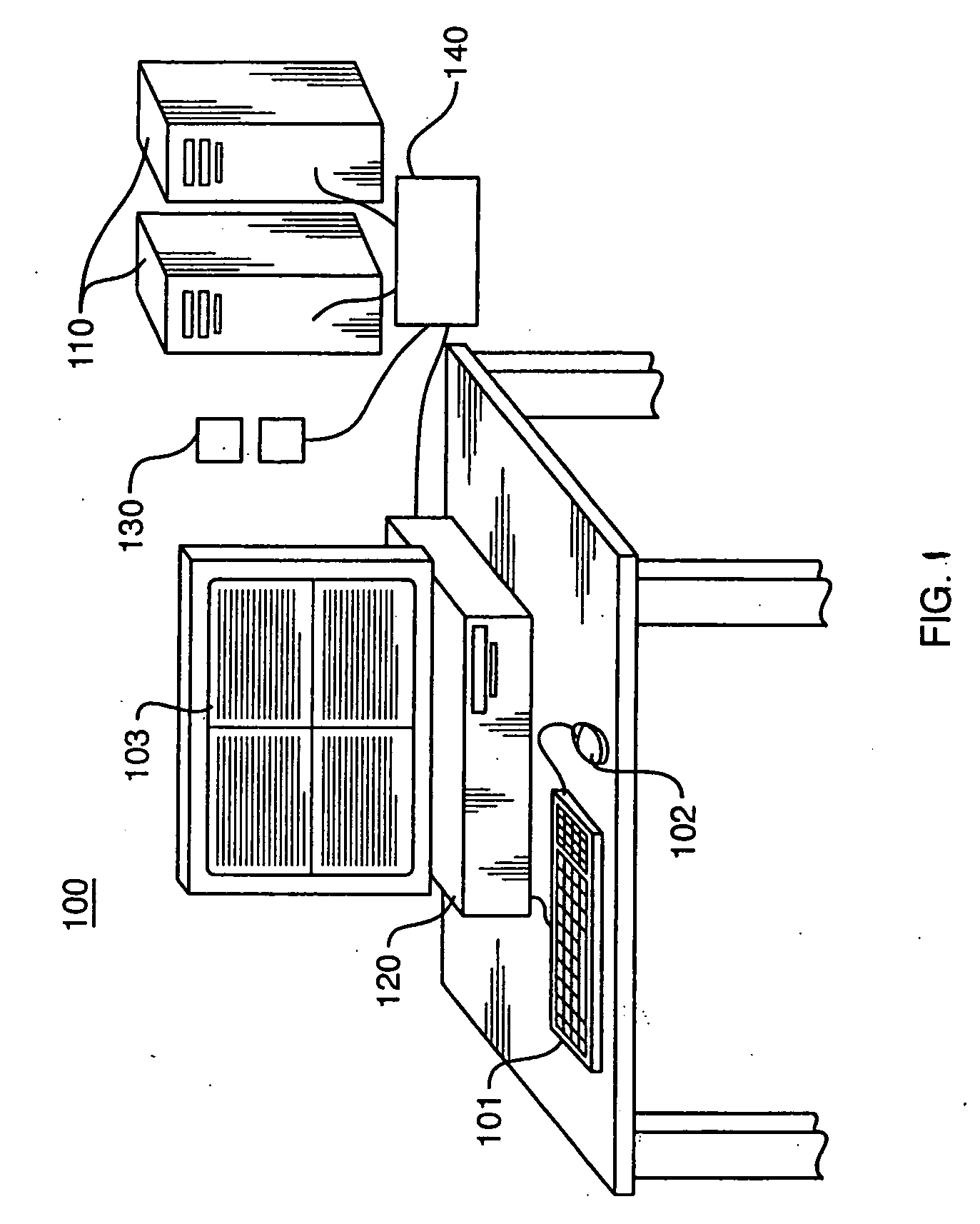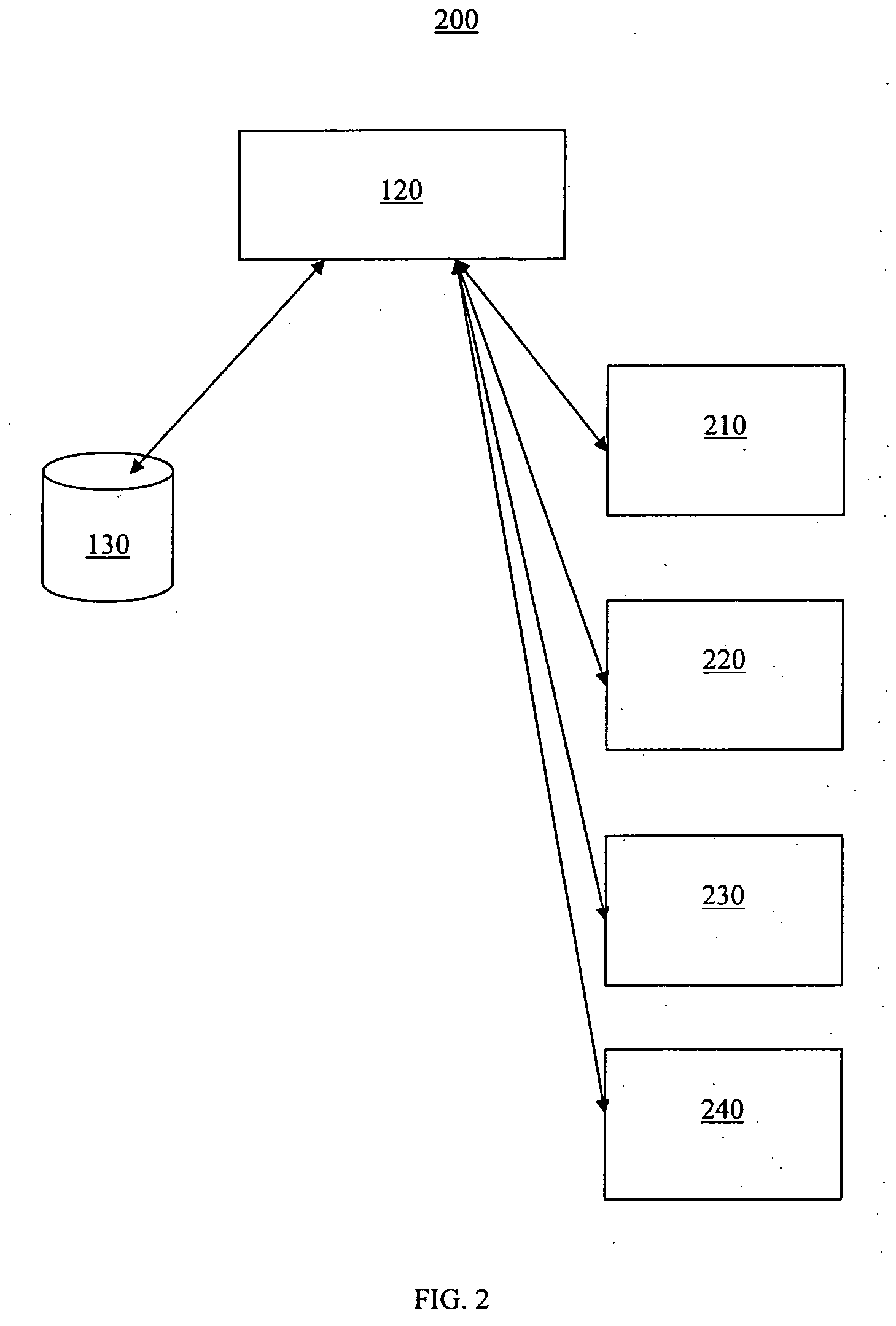Multidimensional modeling system and related method
a multi-dimensional modeling and model technology, applied in the field of multi-dimensional modeling systems, can solve the problems of large complexity, limited database access, and inability to solve complex mathematical operations, etc., to improve error detection functionality, improve the transparency of the created model, and detect more easily
- Summary
- Abstract
- Description
- Claims
- Application Information
AI Technical Summary
Benefits of technology
Problems solved by technology
Method used
Image
Examples
Embodiment Construction
[0055] The present invention is a system and corresponding method for modeling outcomes based on gathered and calculated information. The system of the present invention is a set of functions embodied in a computing system programmed to perform functional steps associated with the method for modeling to be described herein. FIG. 1 shows a representation of a computer system 100 suitable for implementing the functions of the system. The computer system 100 shown is only one example of a suitable computing environment and is not intended to suggest any limitation as to the scope of use or functionality of the invention. For example, the computer system 100 may be associated with local or remote computing means, such as one or more central computers, such as server 110 in a local area network, a metropolitan area network, a wide area network, or through intranet and internet connections.
[0056] The computer system 100 may include one or more discrete computer processor devices, represe...
PUM
 Login to View More
Login to View More Abstract
Description
Claims
Application Information
 Login to View More
Login to View More - R&D
- Intellectual Property
- Life Sciences
- Materials
- Tech Scout
- Unparalleled Data Quality
- Higher Quality Content
- 60% Fewer Hallucinations
Browse by: Latest US Patents, China's latest patents, Technical Efficacy Thesaurus, Application Domain, Technology Topic, Popular Technical Reports.
© 2025 PatSnap. All rights reserved.Legal|Privacy policy|Modern Slavery Act Transparency Statement|Sitemap|About US| Contact US: help@patsnap.com



